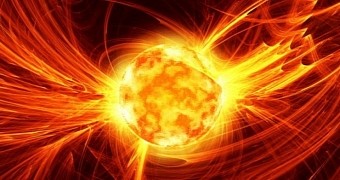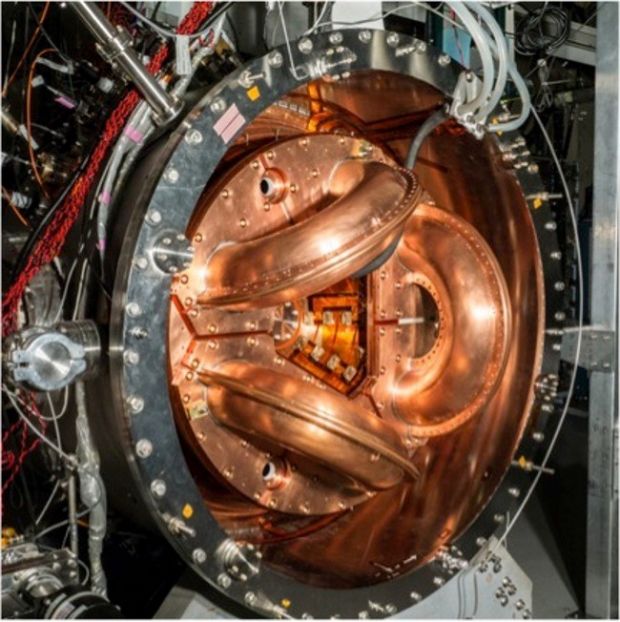This coming October 17, a team of scientists with the University of Washington in the US will be in St. Petersburg, Russia, presenting a concept reactor that promises to make fusion energy way more appealing financially-wise.
This concept reactor that the University of Washington researchers have been developing for about 2 years now is to be described during the International Atomic Energy Agency's Fusion Energy Conference.
So, what's the deal with fusion energy?
Scientists say that nuclear fusion boils down to fusing atoms together. The idea is to have two light atomic nuclei get together to form a heavier one. During this process, insane amounts of energy are released.
Nuclear fusion is basically the process that keeps our Sun up and running by fueling it. Researchers expect that, were nuclear fusion to be recreated in laboratory conditions, this would translate into access to unlimited amounts of energy.
Since nuclear fusion delivers cheap power without releasing greenhouse gas emissions and radioactive waste, there are some who refer to it as the holy grail of energy production.
The problem with fusion power
As detailed by the scientists behind this research project, fusion power is not yet the king and queen of the energy industry because designs for reactors that would enable such a process to take place don't come cheap.
More precisely, they are not cheap enough to overthrow run-of-the-mill coal and natural gas power plants. With their new fusion reactor concept, the University of Washington researchers want to change this.
They say that, according to their estimates, a 1-gigawatt fusion power plant based on their design would cost about $2.7 billion (€2.13 billion) to build. By comparison, a 1-gigawatt coal-fired plant would cost $2.8 billion (€2.21 billion).
“Right now, this design has the greatest potential of producing economical fusion power of any current concept,” University of Washington researcher Thomas Jarboe said in a statement.
The concept nuclear reactor
Information shared with the public says that this concept fusion reactor, known as the dynomak, works by creating a magnetic field inside a closed space. This magnetic field serves to hold plasma in place long enough for it to react and burn in fusion processes.
The idea is to have the heat produced by one such reactor drive up the temperature of a coolant, which in turn would spin a turbine and produce electricity. From this standpoint, the technology is similar to the one employed by that of regular reactors.
Interestingly enough, the magnetic field needed to make sure that the fusion reactor stays up and running at all times can be obtained by exposing the plasma to electrical currents. This is argued to make the design even more sustainable.
What's been done so far?
The University of Washington scientists have until now put together and analyzed a prototype that they say is about 10% the size and power output of the concept reactor they wish to one day build. The prototype has undergone several tests, and the researchers are now working on making a bigger one.
Still, they say that it will be a few more years until they can even hope to introduce the world to a fully functional fusion reactor whose design is based on the prototype currently undergoing tests.

 14 DAY TRIAL //
14 DAY TRIAL // 

